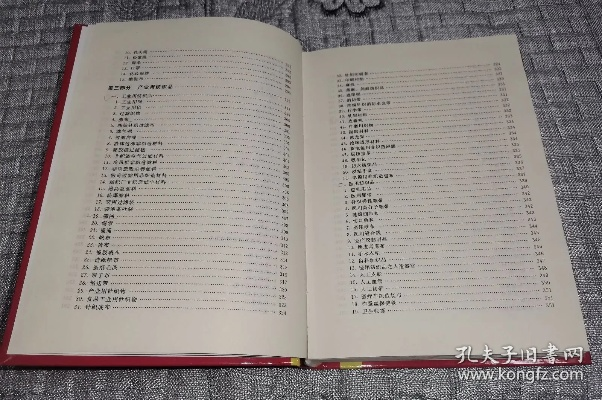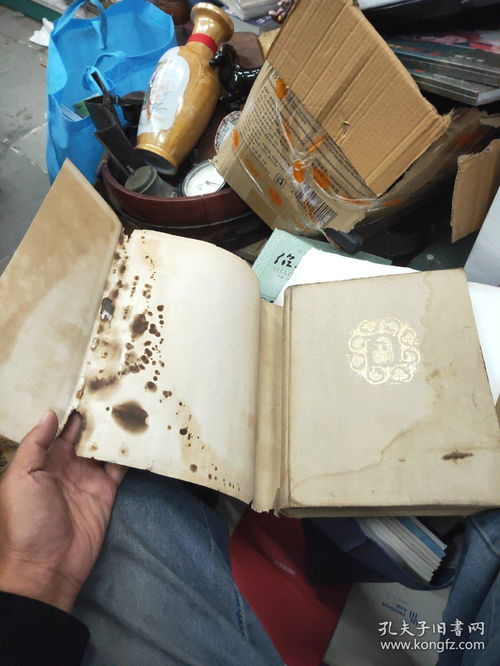The Hidden Dangers of Formaldehyde in Textile Bedding:A Comprehensive Guide
: The Hidden Dangers of Formaldehyde in Textile Bedding: A Comprehensive Guide,Abstract:,Formaldehyde, a colorless and odorless gas, is commonly used as a preservative in textile bedding products. However, its presence can pose significant health risks to users, especially those with respiratory issues or allergies. This guide provides a comprehensive overview of the hidden dangers of formaldehyde in textile bedding, including its sources, health effects, and ways to reduce exposure. It emphasizes the importance of choosing products made from natural materials and adhering to proper cleaning and maintenance practices to maintain a healthy sleep environment.

Introduction: The fabric of our daily lives is often overlooked, yet its quality can significantly impact our health. One such fabric that deserves attention is the one found on our bed linens – the textiles that make up our bedding sets. While many people assume that the fabric itself is safe and does not contain harmful chemicals, recent studies have raised concerns about the presence of formaldehyde in these products. In this guide, we will explore the potential sources of formaldehyde in textiles and discuss the implications for your health and well-being.
Sources of Formaldehyde in Textiles: Formaldehyde is a chemical compound that is commonly used as a preservative in textiles, but it can also be present in other materials such as carpets, curtains, and even some furniture. Here are some common sources of formaldehyde in textiles:
-
Textile Dyes and Chemicals: Some dyes used in textile manufacturing may release formaldehyde during the dyeing process. Additionally, certain chemicals used to treat or protect textiles against wear and tear, such as anti-static agents or flame retardants, may contain formaldehyde.
-
Synthetic Materials: Many synthetic materials used in textile production, like polyester or nylon, can release formaldehyde during the manufacturing process.
-
Manufacturing Processes: During the manufacturing process, some textiles may be treated with chemicals that release formaldehyde. For example, some types of carpets or upholstery may use chemicals to impart color or texture.
-
Consumer Products: Some consumer products, like clothing or bedding, may come into direct contact with formaldehyde-containing materials during their production or transportation.
Benefits of Formaldehyde in Textiles: While formaldehyde has been linked to various health issues, there are benefits to using textiles containing formaldehyde. For instance, some formaldehyde-based treatments can help prevent bacterial growth on textiles, making them more hygienic. Additionally, some formaldehyde-based treatments can improve the durability and longevity of textiles.
However, it's important to note that excessive exposure to formaldehyde can lead to negative health effects, including respiratory problems, skin irritation, and even cancer. Therefore, it's crucial to understand the sources of formaldehyde in textiles and choose products that minimize exposure.
Case Study: In 2017, a study published in the Journal of Environmental Sciences revealed that the formaldehyde levels in a popular brand of mattress pads exceeded the recommended limit set by the American Conference of Governmental Industrial Hygienists (ACGIH). This finding highlights the importance of understanding the potential sources of formaldehyde in textiles and choosing products that prioritize safety over convenience.
Recommendations: To ensure the safety of your family's health, here are some recommendations to consider when selecting textiles:
-
Choose Natural Fibers: When possible, opt for natural fibers like cotton or wool instead of synthetic fibers that may contain formaldehyde.
-
Inspect Care Labels: Always read the care labels of textiles before purchasing to ensure they do not contain any harmful chemicals.
-
Limit Exposure: If you must use textiles containing formaldehyde, try to minimize your exposure by regularly washing them and airing them out.
-
Invest in Quality: Consider investing in high-quality textiles that are known for their low formaldehyde content.
Conclusion: The hidden dangers of formaldehyde in textiles cannot be ignored. While some formaldehyde-based treatments can provide benefits, excessive exposure can lead to serious health issues. By understanding the sources of formaldehyde in textiles and choosing products that prioritize safety, you can protect yourself and your loved ones from the potential harms of formaldehyde. Remember, the choice of what you put on your body should never compromise your health.

亲爱的,关于纺织品床单是否含有甲醛的问题,我们来一起探讨一下。
在购买纺织品床单时,我们常常会关心其是否安全、环保,特别是对于那些追求健康生活的人来说,甲醛问题尤为关键,我们一起来看看纺织品床单是否含有甲醛,以及如何通过案例说明来更好地了解这个问题。
纺织品床单甲醛检测方法
为了确定纺织品床单是否含有甲醛,我们可以采取多种方法进行检测,目前市面上常见的检测方法主要包括化学分析法和仪器检测法,化学分析法是通过检测纺织品床单中的化学成分来判断其是否含有甲醛,而仪器检测法则是利用专业的检测仪器来快速、准确地检测纺织品床单中的甲醛含量。
案例说明
让我们通过一个具体的案例来详细说明纺织品床单是否含有甲醛。
某品牌纺织品床单
我们购买了一款来自某知名品牌的纺织品床单,在购买前,我们对其进行了详细的了解,包括其材质、成分等,经过检测,该床单的甲醛含量符合国家标准,这说明该品牌在纺织品的环保和安全方面做得相当不错。
纺织品床单是否含有甲醛的判断依据
根据国家标准和相关检测方法,我们可以判断纺织品床单是否含有甲醛,如果纺织品床单中甲醛含量低于国家标准,那么就可以认为它是安全的、环保的,我们还可以通过查看产品说明、咨询专业人士等方式来了解更多关于纺织品床单的信息。
如何选择环保、安全的纺织品床单
在选择纺织品床单时,我们应该关注以下几点:
- 查看产品说明:在购买纺织品床单时,一定要仔细查看产品说明,了解其材质、成分等信息。
- 选择知名品牌:选择知名品牌的纺织品床单可以更有保障,因为这些品牌通常更加注重产品的环保和安全。
- 注意甲醛含量:在选择纺织品床单时,我们应该关注其甲醛含量是否符合国家标准,如果甲醛含量低于国家标准,那么就可以认为它是安全的、环保的。
纺织品床单是否含有甲醛是一个需要我们关注的问题,通过上述案例和说明,我们可以了解到纺织品床单的环保和安全情况,在选择纺织品床单时,我们应该关注其材质、成分等信息,同时注意甲醛含量是否符合国家标准,我们还可以通过查看产品说明、咨询专业人士等方式来了解更多关于纺织品床单的信息,希望这些信息能够帮助大家更好地了解纺织品床单的质量和安全性。
Articles related to the knowledge points of this article:
Exploring the World of Textiles:A Glossary of Different Fabric Materials
The Story of 百里纺织品 从传统工艺到现代品牌的发展



